25 Interesting Facts About Sailing You Probably Don't Know
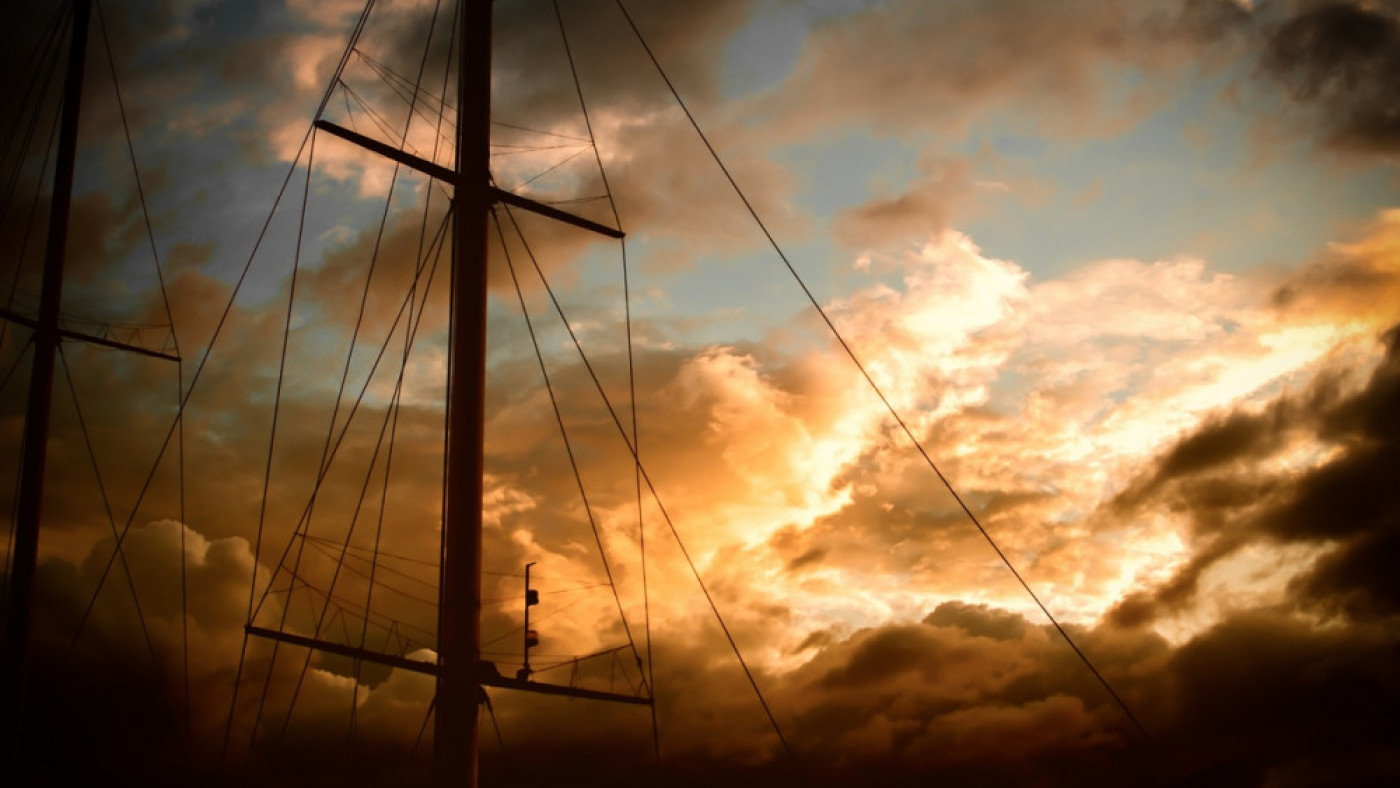
Sailing is a very popular sport, and it has had a large influence on modern life. I've came across lots of interesting facts about sailing, and list them here.
With such a rich history there are many interesting stories to tell. It has shaped our language and the way we see the world today. Our society and free trade is built on the tradition of sailing.
So in this post I've listed all sorts of interesting sailing facts that I came across while researching the articles on this website. Most of them are beyond the obvious. Surely, the trade winds are named after the trade they facilitate? No, it's actually the other way around.
1. Sailboats are slow (but efficient)
The average sailboat cruises at about 4-6 knots, (4-7 mph or 7-11 km/h) and has a top speed of 9 knots (10 mph or 17 km/h). It's just not that fast. That isn't to say there aren't any quick boats: they can be incredibly fast. Especially the multihulls, which have to displace a lot less water. They can go up to 50 knots (almost 60 mph or 93 km/h).
Most sailboats are slow is because they are small (under 20') - and the hull speed is directly related to the length of the boat. Longer sailboats are faster.
So how is a sailboat able to go around the world in under 75 days? Well, they go on all day and night. Also, traveling on water allows you to go in straight lines more often than on land.
Want to know how far a sailboat can sail in a day? Check out my other article on the average sailing distance in different conditions (new tab).
2. Trade is named after the trade winds, not the other way around
Our ancestors found that the Atlantic had very reliable wind roads. These roads were called trade winds, trade being the Middle English word for 'track' or 'path'. The trade winds were so important for the English fleet and economy that the name 'trade' became generally accepted to mean (foreign) commerce'.
If you want to learn how the trade winds work, I recommend to read my post on the Atlantic Crossing.
3. Sailing gives you access to places that are off-limits to tourists
Did you know that there are a lot of small island that are off-limits to tourists? Some of these islands are real hidden gems, with exotic species, wonderful landscape, and authentic villages. There are no flights or cruises going there - but you can get there by boat.
It can be quite the experience to sign in to the island in a 40-year old ledger, with under 200 names in there.
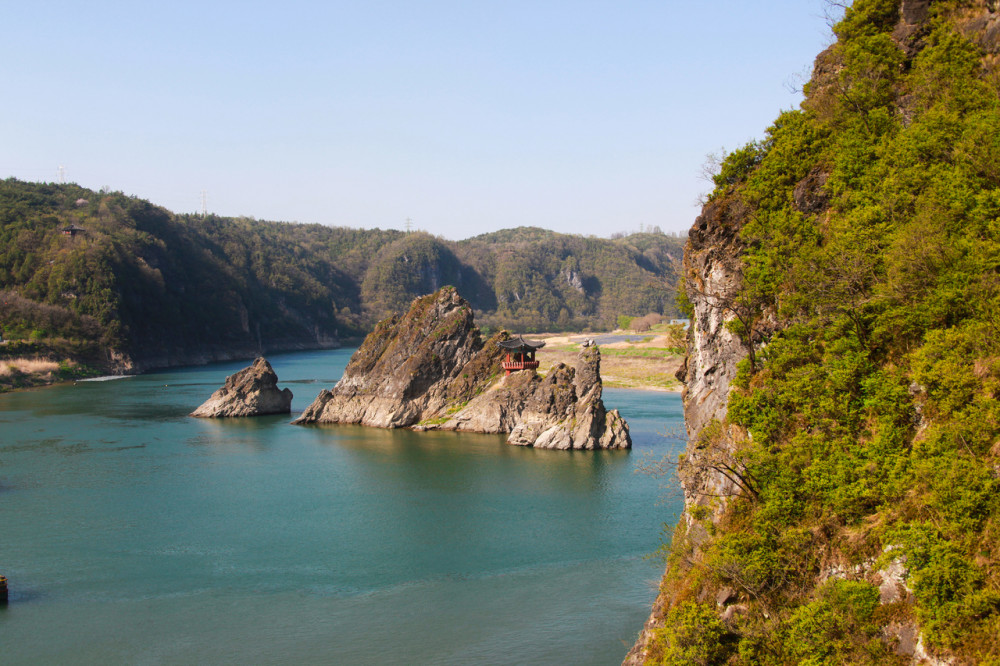
4. The ideal wind speed for sailing is between 8-12 knots
The easiest wind to maneuver small and mid-sized boats is between 8-12 knots, while still being able to reach good speeds.
Anything between 5-8 knots is ideal for beginners that are trying to learn to sail. Anything under 5 knots gets tediously slow.
If you like to learn more about wind speeds, I really go into detail in my previous post Ideal Wind Speed for Sailing.
5. Historical sailboats are often misrepresented
When we think of old skool sailboats (of the late Middle Ages for example), we often thing of large galleons and first rates. However, due to a flaw in the design of the hull, the ship builders weren't able to build large ships until the Renaissance.
The extended beams, running across the entire length of the ship, were too weak, so they would rot out. Large experimental ships would find an early sea grave when they split into two and sunk.
So the huge floating multi-level buildings with 100 cannons only started to be made in the Napoleonic era, when they figured out you could use cross beams to reinforce the hull.
6. You can operate a 100' sailboat alone
People often ask me what the biggest boat is they can operate. You can actually operate a 100' sailboat by yourself - if you rig it the right way.
World-record holder François Gabart operated the 100-foot Trimaran MACIF by himself. However, it's not easy and you have to be experienced and mentally tough. Most sailors seem to stay under 35 foot.
Sailing alone is also called short-handed sailing, and you need a short-hand sailing rig. Typically this means lot's of automated systems, and all the sheets running to your cockpit, allowing you to operate the sails while steering at the same time.
The hardest part of sailing by yourself may actually be the docking. Some marinas even offer a special service to help you with that, lending a helping hand. If you are inclined to sail alone (or don't have any friends), you should definitely consider switching to a marina that provides this service.
Sailing a bigger boat does have its advantages. They are more stable, for example. Find out all about boat size for single sailors in What’s the Largest Boat One Person Can Operate? (new tab)
7. The youngest person to circumnavigate the world was 16-year old Laura Dekker
16-year old Laura Dekker (NED) is the youngest person ever to circumnavigate the world solo, after Jessica Watson (AUS) did it just before her 17th birthday. Dekker was 16 and 123 days.
She almost didn't make it because of interference of the Dutch government, who didn't think it was a good idea for a teenager to sail the world. She proved them wrong in all sorts of ways.
The youngest circumnavigation isn't recorded in the Guinness Book of World Records, because they don't want to encourage 14-year olds to sail around the world alone.
8. Feeling blue is originally a sailing term
If a ship lost its captain during a voyage, the sailors would sail blue flags, indicating their loss. So if you're feeling blue, you're actually referring to the blue flags that used to sign the ship's crew is in mourning.
9. One of the best laser radial sailors is from The Netherlands
Marit Bouwmeester is one of the most successful laser radial sailors in the world. She's a 4-time world champion and 1-time Olympic champion (2011, 2014, 2016, 2017), and came in second in 2010, 2012, 2015. She's recently won the World Cup in Enoshima, Japan.
Why does this matter? Well, she's from my neighborhood, and a friend of mine is one of her BFFs, which is pretty cool.
10. Sailing has been a part of the Olympics from 1896 onwards
Sailing has been a part of all modern Olympic games, except for the 1904 Summer Games, which were held in Louisiana.
This makes it one of the longest running Olympic disciplines around. So if people ask you: 'is sailing a sport?', simply answer with: 'the International Olympic Committee has believed it to be, for over 120 years'.
It was a gender-mixed discipline for the most part, until 1988, making it one of the only sports where women and man join in open competition.
Great Britain currently holds the most Olympic medals.
11. 'Sonofagun' actually refers to your birthplace
In lesser days, women needed to be smuggled onboard. Then, when the passage took longer than expected, they naturally needed to give birth every now and then. On sea, women typically gave birth between the cannons on the gundeck. If the child wasn't claimed by one of passengers or sailors, it was entered in the ship's log as being the 'sonofagun'.
12. The average salinity of oceans is 3.5% - but it varies greatly
While 3.5% is the average, some seas are just very, very salty. Saline water - aka saltwater - increases metal and aluminum corrosion, so the saltier the sea, the more maintenance you'll need to do.
The Mediterranean is the saltiest sea on Earth, at roughly 3.8% salinity. The Southern Ocean and the Northern Pacific are among the least saline: 3.4% and 3.3%. The Caribbean are quite saline: between 3.6 - 3.7%.
So better sail to the poles, and stay away from the Mediterranean or Caribbean: your boat will last a lot longer. (I know, it's the worst advice.)
If you want to know more about saltwater sailing, for example how to prepare your boat, I encourage you to check out my post on saltwater boats here (new tab).
13. The world-record sailing speed is 65.45 knots (75 mph)
Paul Larsen (AUS) is the fastest sailor of all time. He holds the world-record sailing speed for 500 meters (also called outright), and the record for fastest nautical mile.
- Outright: 65.45 knots, which equals 121.1 km/h or 75.2 mph
- Nautical mile: 55.32 knots, which equals 102.45 km/h or 63.66 mph
- Fastest 24-hour: Pascal Bidégorry, 908 nm at 37.84 knots, which equals 70 km/h or 43.55 mph
14. You can sail for nearly 22,229 miles in a straight line
Ok, it's mostly a theory of amateur cartographer David Cooke, who discovered the Cook Passage in 2015. It's a straight line running around the Earth from Port Renfrew, B.C to Quebec, without ever touching land. While critics claim it's impossible to navigate in a perfect straight line, it doesn't really matter. It's a cool theory, and it's the longest you can (theoretically) sail straight without touching land.
15. The first person to circumnavigate the world alone was Joshua Slocum (1898)
Making the world again a little smaller, Joshua Slocum was the first man to sail around the world by himself in 1898.
It took the world 69 years to catch up: the second attempt was by Sir Francis Chichester in 1967.
Slocum, a Nova-Scotian-born American, wrote a book about his journey in 1900, Sailing Alone Around the World, which became an international best-seller.
If you're interested, you can get his book for free on the Gutenberg project here.
16. The New York Yacht Club has one of the longest winning streaks in sports history
The New York Yacht Club won the America's Cup 25 times for 132 years in a row, from 1851 to 1983. In 1987 challenger Royal Perth Yacht Club ended the streak. Since then, the NYYC hasn't won the cup a single time.
World Cup wins:
- United States New York Yacht Club: 25
- New Zealand Royal New Zealand Yacht Squadron: 3
- United States San Diego Yacht Club: 3
- Switzerland Société Nautique de Genève: 2
- United States Golden Gate Yacht Club: 2
- Australia Royal Perth Yacht Club: 1
17. The largest sailing yacht in the world is nearly 470' or 143 m long - or not?
It's called Sailing Yacht A. BUT: it's actually classified as a sail-assisted motor yacht. It has however three huge Bermuda-rigged masts.
Some say Yacht A isn't technically speaking a sailing yacht. I agree. The second largest yacht is actually the longest REAL sailing yacht. Meet the Black Pearl. She truly is a great yacht, designed to cross oceans under just sail power. At 348' (106 m) it's gigantic, and it's one of the most advanced yachts in the world.
It's made in the Netherlands (I'm secretly promoting the Netherlands here), at the Oceanco shipyard.
So which of these, do you reckon, is the largest?
18. Sailing around the world westward is more difficult than eastward
Most word-record contenders choose to sail eastward, thanks to the stronger and more predictable winds and currents eastward on the southern hemisphere. There are just 5 world records using the westward route, and since 2010 no one set a record by taking a right turn.
In comparison, more than 20 records have been set taking the eastward route.
- The fastest eastward circumnavigation: 40 days and 23 hours
- The fastest westaward circumnavigation: 122 days and 14 hours
However, most recreational skippers tend to sail westward on the trade winds, because they prefer the tropical seas.
Most people need around 3.5 years to sail around the world. Learn more on the routes and different paces in my article How Long Does it Take to Sail Around the World? (new tab)
19. 'He's a loose cannon' ...
... is originally a sailing term. The cannons on a ship could weigh up to 3,400 pounds (or 1,500 kg). You can imagine that a loose one could do quite the damage. So loose cannons are dangerous - and should be avoided at all cost. Hence the saying.
20. The most popular sail rig is based off a Moorish Lateen rig
The Bermuda sloop is a fore-and-aft single-masted sailboat rig that was developed in the 17th century by a Dutch-born Bermudian. It was inspired by the Moorish lateen rig. They got to know this rig in the Spanish-Dutch independence war, where the Spanish used the boats.
It replaced the gaff rig thanks to it's superior maneuverability.
Want to know everything about sail types and rigs? I've written a killer guide on it, explaining precisely what kind of sail you're dealing with, and what it's used for. I think it's a great post, one of the best on this blog actually. Read it here (new tab).
21. The only 5-masted tall ship sunk because of its speed
In 1902, the first ever full-rigged five master was built: the Preußen. It was the only 5-masted full-rigged ship ever built, until the Swedish sail cruise liner Royal Clipper was launched in 2000.
(To be clear: there were other five masters, but none of them was a tall ship.)
It sailed between Germany and Chile and was capable of transporting large amounts of goods at high speeds. Its hull length was 433' (132 m). She carried 47 sails (which is a lot).
In 1910, just 8 years after her launch, she sunk in the English Channel due to damage from a collision with a small cross-channel steamer, 'Brighton'. The Brighton underestimated Preußens speed, at 16 knots.
Legend has it the skipper said: "a sailboat can't go that fast" - after which the two collided.
She's an impressive sight:

22. The smallest boat to sail around the world was 21 feet
Alessandro Di Benedetto, who is also called the Crazy Italian, has a special world record on his name. He circumnavigated the world in the smallest sailboat: a 21' (6.5 m). It took him 268 days and 19 hours, which is not very fast.
But it's an impressive accomplishment, especially seen the fact that he's been dismasted around Cape Horn. To deal with his dismating, he made a junk rig that got him all the way back to France, finishing his world-record attempt successfully.
23. Sailboats can sail faster than the speed of the wind
Most boats can't go faster than the speed of the wind. But some racing yachts and most multihulls can. The reason is two-fold.
The reason it's possible is that boats generate their own wind, allowing them to 'surf their own wave' so to speak, increasing their speed.
Secondly, keelboats have a displacement hull: they push the water forward, which means they have to deal with resistance, and this resistance increases when the speed increases.
But this isn't a problem with the rise of multihulls. Multihulls use flat beds instead of a keel, which means the hulls are floating on top of the water surface. This allows them to go much faster, since they don't have to deal with water resistance.
Want to know how to calculate the hull speed of any boat? If you're like me and like to nerd out about these kinds of things, I definitely recommend to go check out my article on the average speed of sailboats (opens in new tab).
24. The sailing flags originate from the Dutch war efforts against the British
During the Anglo-Dutch wars (1652-1674) the British wanted to replace the Dutch as the dominant naval power. The Dutch admiral De Ruyter and Grand Pensionary DeWitt came up with a flag signaling system to outmaneuver the British. It was a success.
25. The mightiest pirate was a female Chinese prostitute
To be fair, this is more of fun trivial knowledge, and not so much a sailing fact. Consider it a bonus fact:
Ching Shih (which literally means 'widow of Zheng') was the mightiest pirate that ever lived. She had over 300 junks under her command. The ships were manned by between 20,000 - 40,000 men, women, and children. She fought major naval powers, such as the British Empire, Portuguese, and the Qing dynasty.
She's without doubt the most successful pirate ever. Unlike many others, she wasn't executed, but actually died as a free woman in her own home. Quite the story.
Did you find the answer to your specific question?
👍 28 👎 18
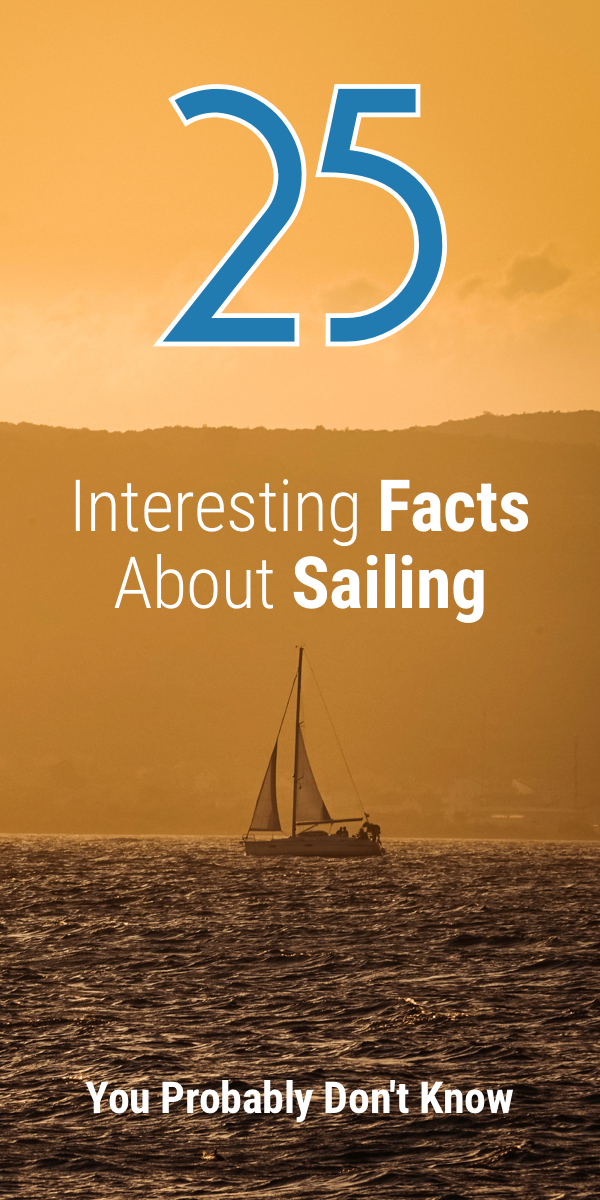
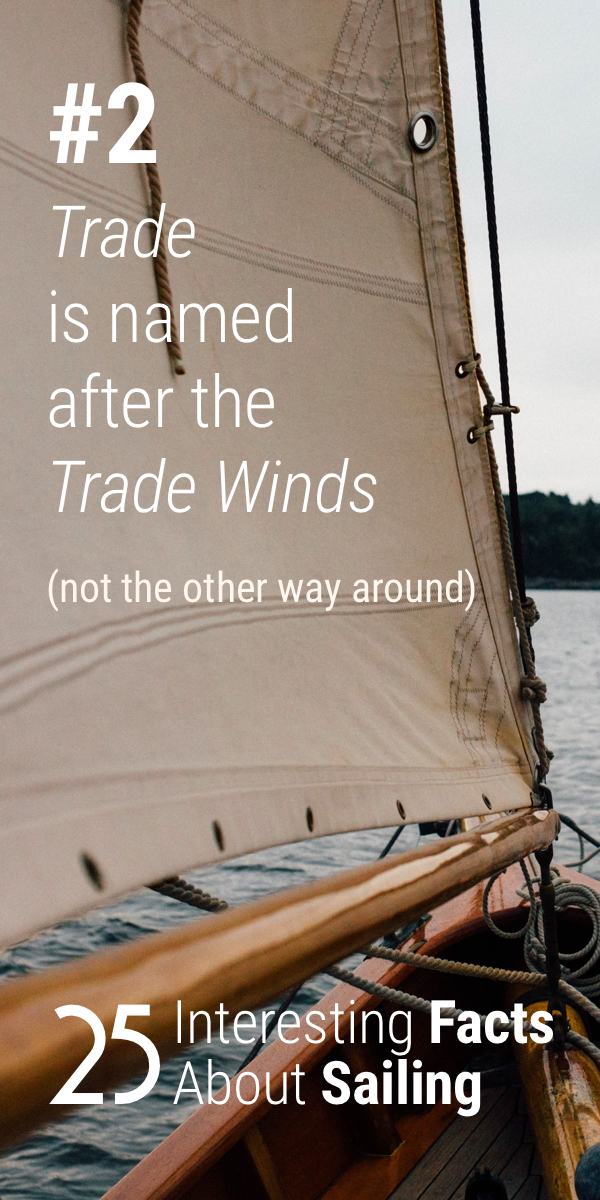

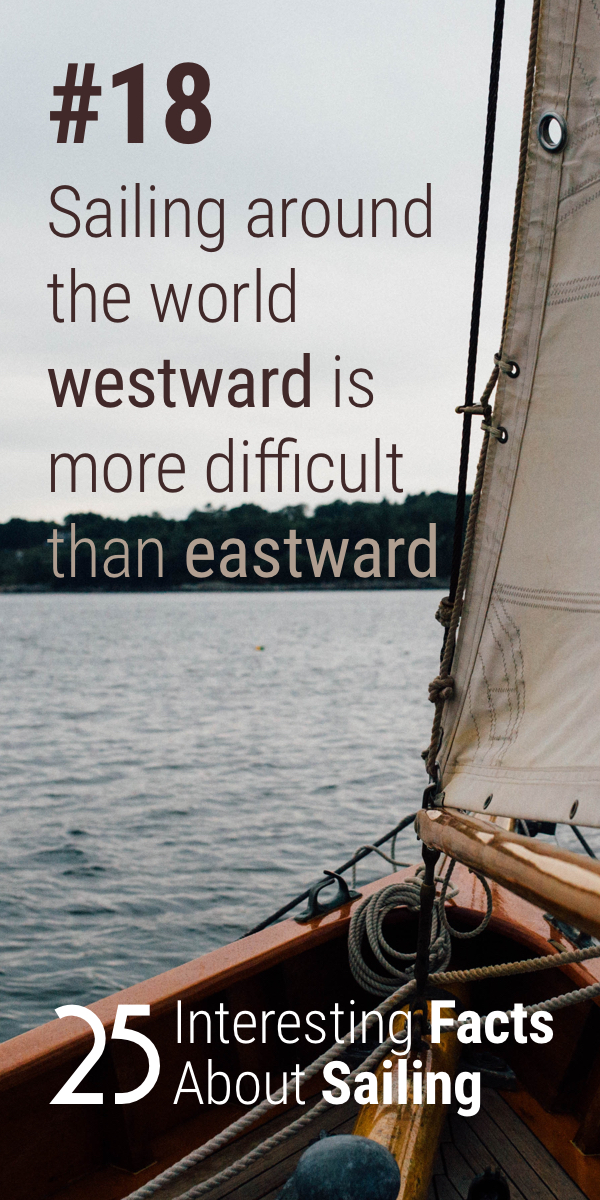
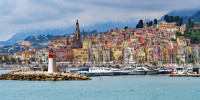
Comments
Miki Dvir
read your 25 facts. excellent, interesting, short to the point, really unknown and enlightning facts that made me curious and search more info. thanks!
Shawn Buckles
Hi Miki, thanks and great to hear you’ve enjoyed the article. You’re welcome!
Wayne Hughes
Hi Miki,
Tonight we have our local small sailing club Annual Prizegiving - I am the MC - Sincere Thanks for your research and article as they will give interesting facts to be sprinkled throughout the evening.
Narrabeen Lakes Sailing Club - Sydney, Australia - 115 years old this year
Ray Bradley
Very interesting reading,with some humour thrown in.
Thankyou
mahum bibi
I JUST WANTED TO SAY I WAS DOING MY HOMEWORK AND I was sooo happy to find out I got good grades thank to this website I give it a 👍🏻
Leave a comment